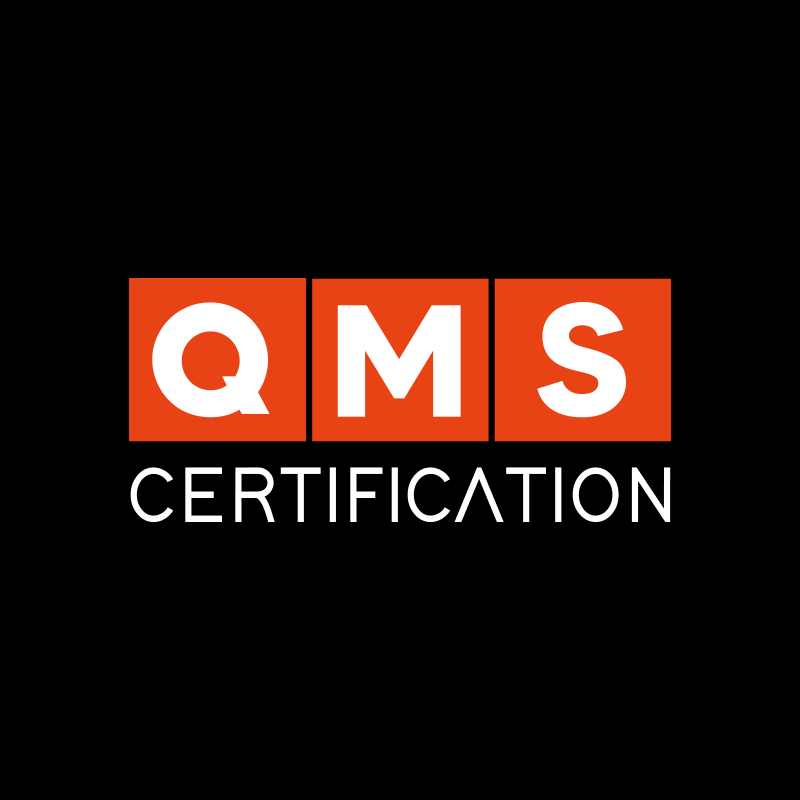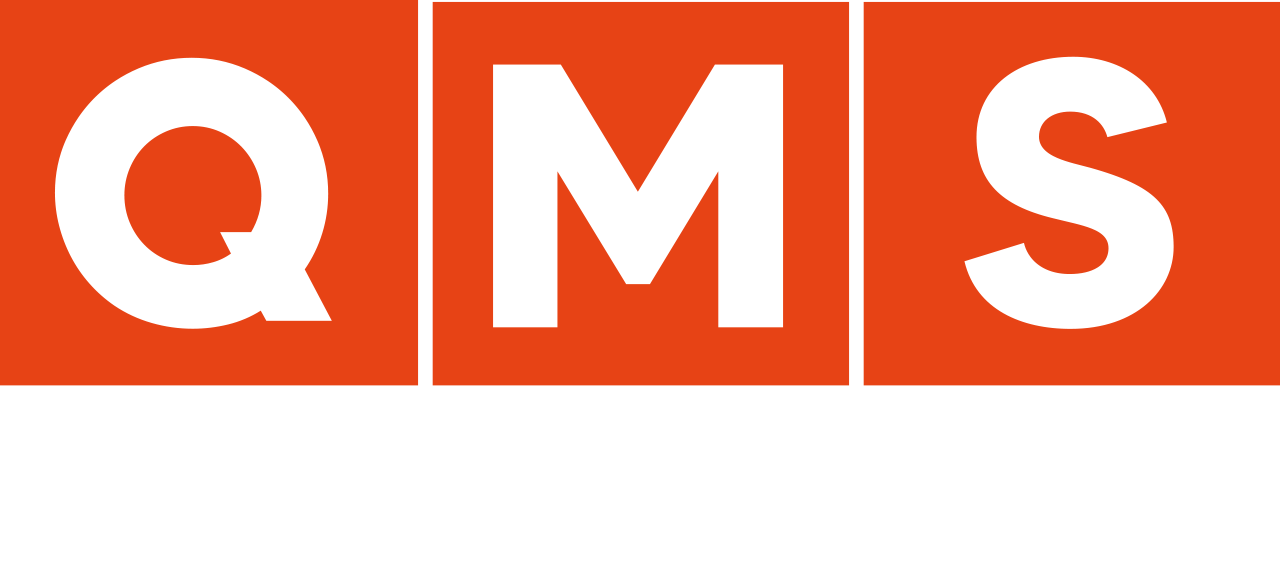The Integrated Management System (IMS) is a methodology that aims to bring together all areas and processes of a company into a single system. This is especially important when it comes to management systems, compliance standards, and management rules.
With an IMS, a company can improve the efficiency and effectiveness of its management, which allows for a macro view of business processes. This view allows for continuous improvements for the success of the organization and the satisfaction of its customers.
By implementing an Integrated Management System, a company can reduce operational costs and improve decision-making, making it an essential management strategy for any type of business.
In this article, we will discuss what an Integrated Management System is, how to implement it, and what the benefits of its use are for companies.
The importance of an Integrated Management System (IMS) for business success
An Integrated Management System (IMS) is an extensive and systematic approach to managing the most important aspects of an organization, including all relevant areas of the company.
The implementation of an IMS involves the adoption of international standards and guidelines, such as ISO 9001 for quality management, ISO 14001 for environmental management, and ISO 45001 for occupational health and safety management.
This process may involve several other standards, but these three (9, 14, and 45k) are often used together to provide a comprehensive approach to business management and address many of the organization’s challenges.
It is said, then, that there is an Integrated Management System when two or more standards coexist in a company in an integrated and organic way. This system helps organizations reduce costs, improve efficiency, safety, regulatory compliance, and, most importantly, increase customer satisfaction.
Benefits of Integrated Management System (IMS)
There are many benefits of an IMS that impact the organization’s performance. The main ones that can be mentioned are:
- Integration of management systems: The organization integrates all its systems into a single structure, allowing greater efficiency, reduced time, and costs.
- Risk reduction: The company has greater control over all activities, avoiding problems.
- Increased efficiency: Improving efficiency in processes leads to lower costs and higher quality in products and services offered.
- Improved internal communication: Communication becomes easier and more agile, avoiding internal complaints and also improving efficiency in processes.
- Increased customer satisfaction: By improving all the previous items, the company will achieve product and service quality, elevating customer satisfaction.
All of these topics impact performance and even the success of the organization. Therefore, it is important to invest in an IMS, ensuring efficient and organized management. All of this is always aimed at generating excellence in delivering products and services to customers and improvements for all stakeholders.
How to implement an IMS in an organization?
The implementation of an IMS in an organization requires planning and involvement of the entire team. To achieve this in the best possible way, we can take into account some of the following basic steps:
- Define the objectives: It is important that the objectives are clear and specific so that the organization can succeed in implementing the system.
- Identify existing management systems: Environment, quality, health, safety, and other sectors that should also be involved for continuous improvement.
- Integrate systems: Combine all existing systems into a single structure for better performance and monitoring.
- Define the responsible team: This team should be composed of qualified professionals with knowledge in all management systems.
- Develop an implementation plan: This plan should define all stages of the process, from identifying systems to implementing the IMS and its control devices or process changes.
- Provide training: It is important to train the entire organization’s team on the IMS and its objectives, as well as train them on the tools that will be used.
- Carry out the implementation: After completing the previous stages, the implementation of the IMS should be carried out gradually, so that it can be adjusted and evaluated throughout the process.
- Conduct internal audits: Verifying if the system is working as planned after implementing the IMS is extremely important to ensure business success.
- Continuous Improvement: The SGI must be constantly evaluated and adjusted to continuously improve the efficiency and effectiveness of the system.
In summary, the implementation of an SGI involves several important steps to ensure business success.
It is essential to define clear objectives, identify existing management systems, bring them together into a single structure, and define a capable and responsible team. All of these steps require adequate planning, team involvement, and a commitment to continuous improvement.
Integrated Management System: An essential tool for business efficiency and effectiveness
An Integrated Management System (IMS) is an important tool for organizations seeking to improve the efficiency and effectiveness of their processes and management systems. The implementation of an IMS requires planning, team involvement, and constant monitoring to ensure the success of the system.
With an IMS, the company can integrate all of its management systems into a single structure, reduce risks, improve efficiency, internal communication, customer satisfaction, and consequently gain competitive advantages in the market in which it operates.
Business efficiency is related to the organization’s ability to carry out its activities using the least possible resources and in an effective way. With a consistent IMS, it is possible to integrate quality management, environmental management, occupational health and safety, social responsibility, financial management (or any other) systems into a single system, which helps to reduce operational costs and facilitates the management of these processes.
The company can improve the quality of its products and services, reduce the environmental impact of its activities, fulfill its social responsibilities, ensure the safety and health of its employees, and work on everything that is necessary in its context!











